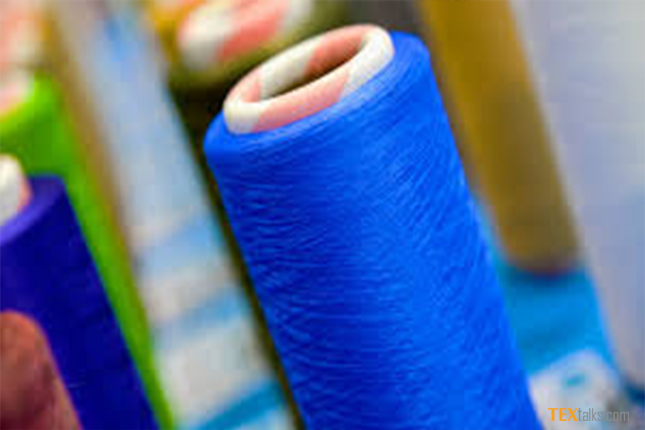According to the State Bank of Pakistan’s latest quarterly report “The State of Pakistan’s Economy (1QFY18)”, textile exports increased by 7.9 during the period as compared to a decline of 6.3% in 1QFY17.
The numbers are in line with the Pakistan Bureau of Statistic’s figures released a couple of months back and tell the same story. Value added segments have led the growth with 40% contribution to the overall increase in total exports of the country.
Readymade garments and knitwear have come to the rescue in terms of growing textile exports with growth of 16 and 9.5% respectively. The central bank cites the growth in textile exports due to recovering positive consumer sentiment in the country’s traditional export destinations of the European Union (EU) and the United States.
Even though there has been an increase in exports to these areas, it should be kept in mind that the overall textile exports in total US and EU imports still remains low. The central bank notes that despite outperforming all regional competitors including Bangladesh and Vietnam during 1QFY18, the share of Pakistan’s textile products remains 3.55% as compared to India (7.23%) and Vietnam (7.13%).
The central bank has also considered increasing commodity prices as well as a rise in import of textile machinery as bullish indicators for future textile exports. However, this column feels that procurement of raw materials for value added segments as well as the shortage of skills needed to create higher quality products also need to be worked upon.
In its last annual SoPE annual report, the central bank highlighted the issue of Pakistani textile players being “excessively focused on cotton-based textile and apparel products.” On the other hand global consumer preferences have shifted towards synthetic fibres. For example, the share of cotton products in total US textiles has decreased from 40% in FY10 to 29.7% in FY17.
Lastly, the cost of production is still much higher than regional peers and textile exporters claim that the implementation of previous incentive packages for the industry remains patchy. Refunds of sales tax have been pending for a while now, while due to the shortage of system based gas, more expensive R-LNG is being provided to Punjab’s textile industry.



